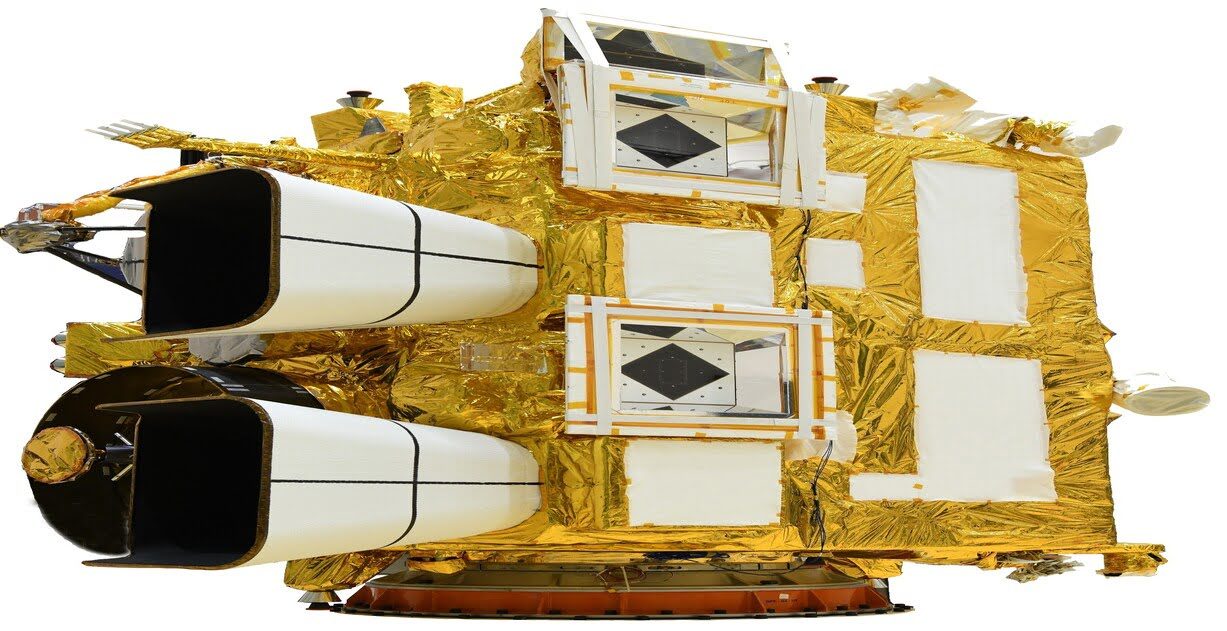From Sky to Satellite: How INSAT-3DS is Revolutionizing Indian Meteorology

India is poised to enhance its meteorological monitoring capabilities through the launch of INSAT-3DS, an advanced weather satellite developed by the Indian Space Research Organisation (ISRO).
Set for liftoff in February aboard the GSLV-F14 rocket, this cutting-edge satellite will play a crucial role in weather forecasting and disaster management.
The satellite has been transported to the Satish Dhawan Space Centre to be integrated with the rocket for a launch from Sriharikota.
INSAT-3DS is designed as a successor to the existing in-orbit satellites INSAT-3D and INSAT-3DR, with the aim of providing uninterrupted services and significantly improving the overall capabilities of the INSAT system.
INSAT, which stands for the Indian National Satellite System, offers a range of services including telecommunications, broadcasting, meteorology, and search and rescue operations.
Recently, the INSAT-3DS satellite was sent off to the Satish Dhawan Space Centre (SDSC) SHAR in Sriharikota on January 25, following successful assembly, integration, and testing at the U R Rao Satellite Centre in Bengaluru.
This mission is a user-funded project in collaboration with the Ministry of Earth Science (MoES), highlighting the substantial contributions made by Indian industries in its development.
What Can We Expect INSAT-3DS to Carry on its Space Odyssey?
What Can We Expect INSAT-3DS to Carry on its Space Odyssey?
INSAT-3DS, developed on ISRO’s reliable I-2k bus platform, weighs 2,275 kg and is equipped with state-of-the-art payloads to enhance meteorological observation.
The satellite’s advanced instruments consist of a 6-channel Imager and a 19-channel Sounder, specifically designed for meteorological purposes to monitor land and ocean surfaces. These tools will play a crucial role in gathering essential data for accurate weather forecasting and early warning systems, strengthening India’s preparedness and response strategies for natural disasters.
Furthermore, INSAT-3DS carries communication payloads like the Data Relay Transponder (DRT) and the Satellite Aided Search and Rescue (SAS&R) transponder. The DRT will receive data from automatic Data Collection Platforms and Automatic Weather Stations (AWS), thereby enhancing the country’s weather forecasting capabilities. The SAS&R transponder is a vital component for global search and rescue operations, responsible for relaying distress signals and alert detections from beacon transmitters.
The successful launch of INSAT-3DS signifies a significant achievement for India’s space program and its dedication to utilizing space technology for the betterment of society.
With its advanced features, INSAT-3DS is poised to strengthen India’s position in meteorological observation and disaster management, providing invaluable support to both national and international communities.


